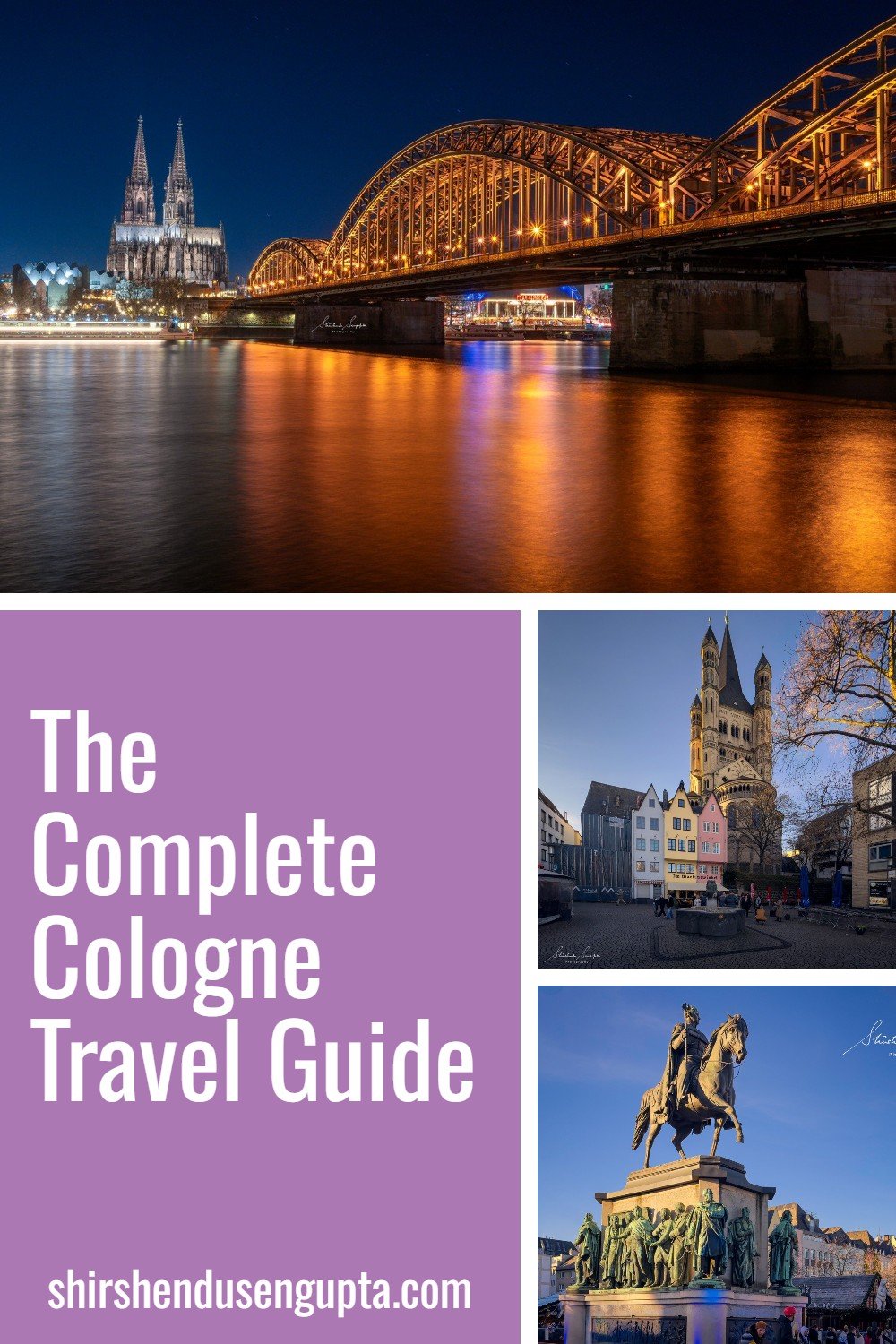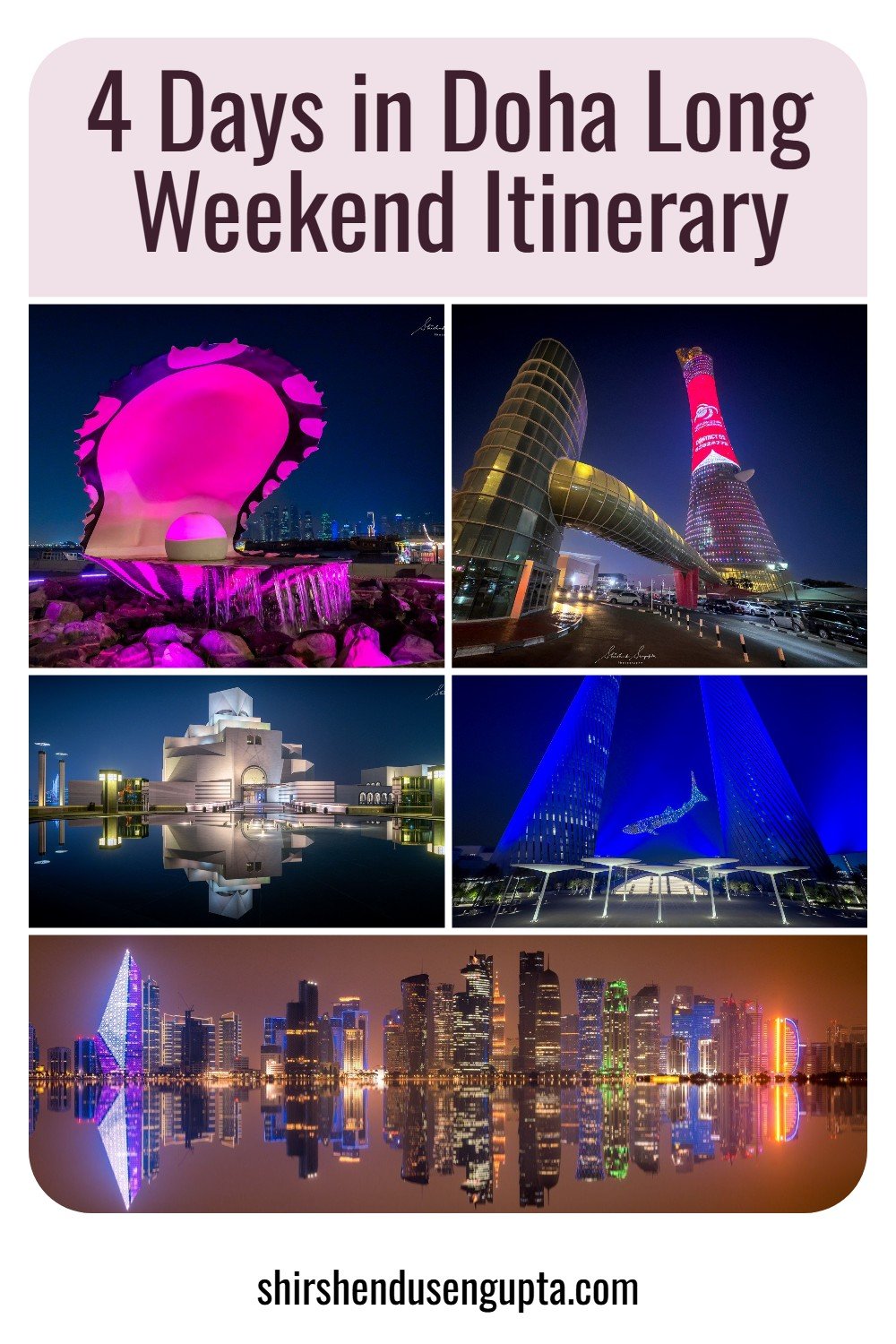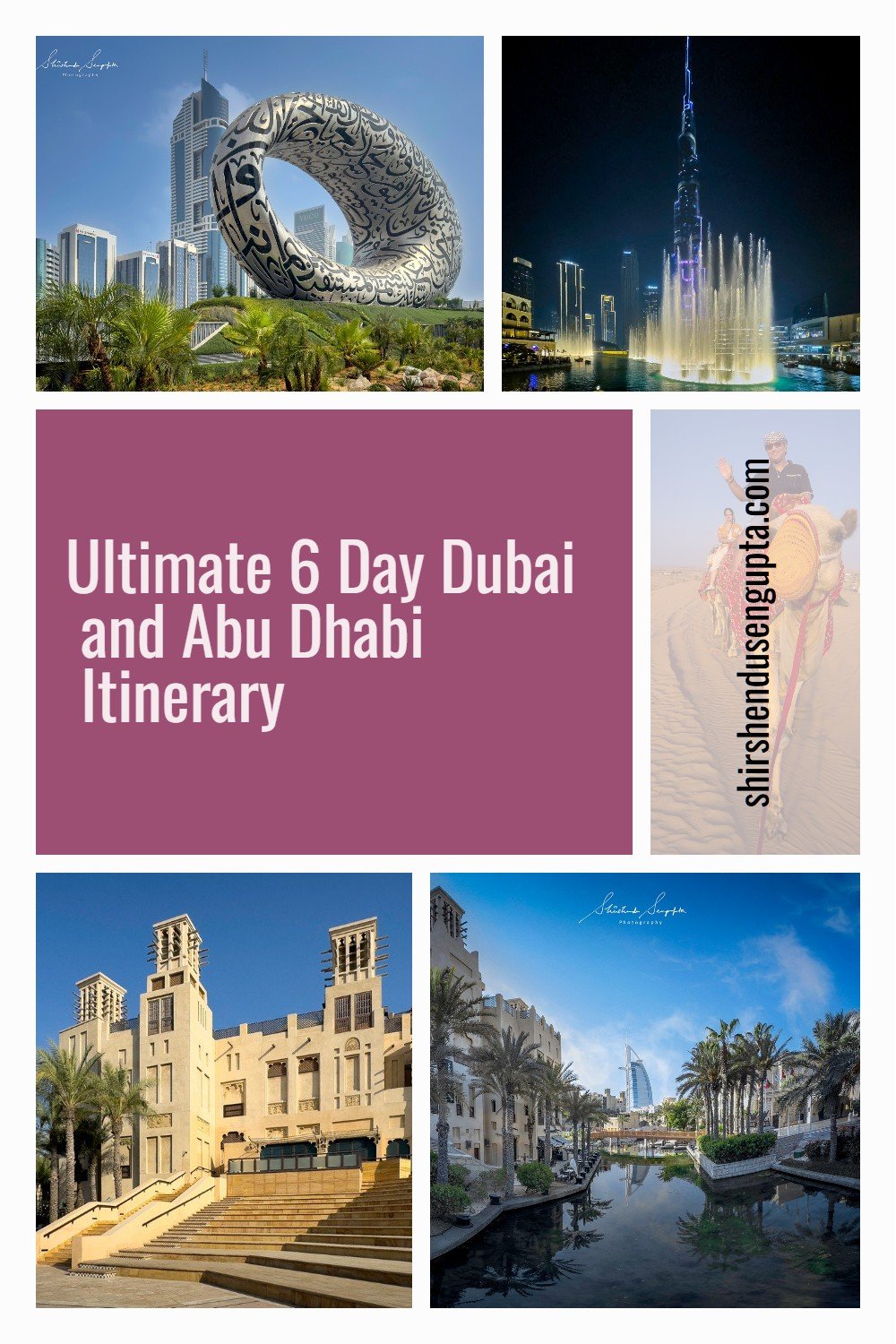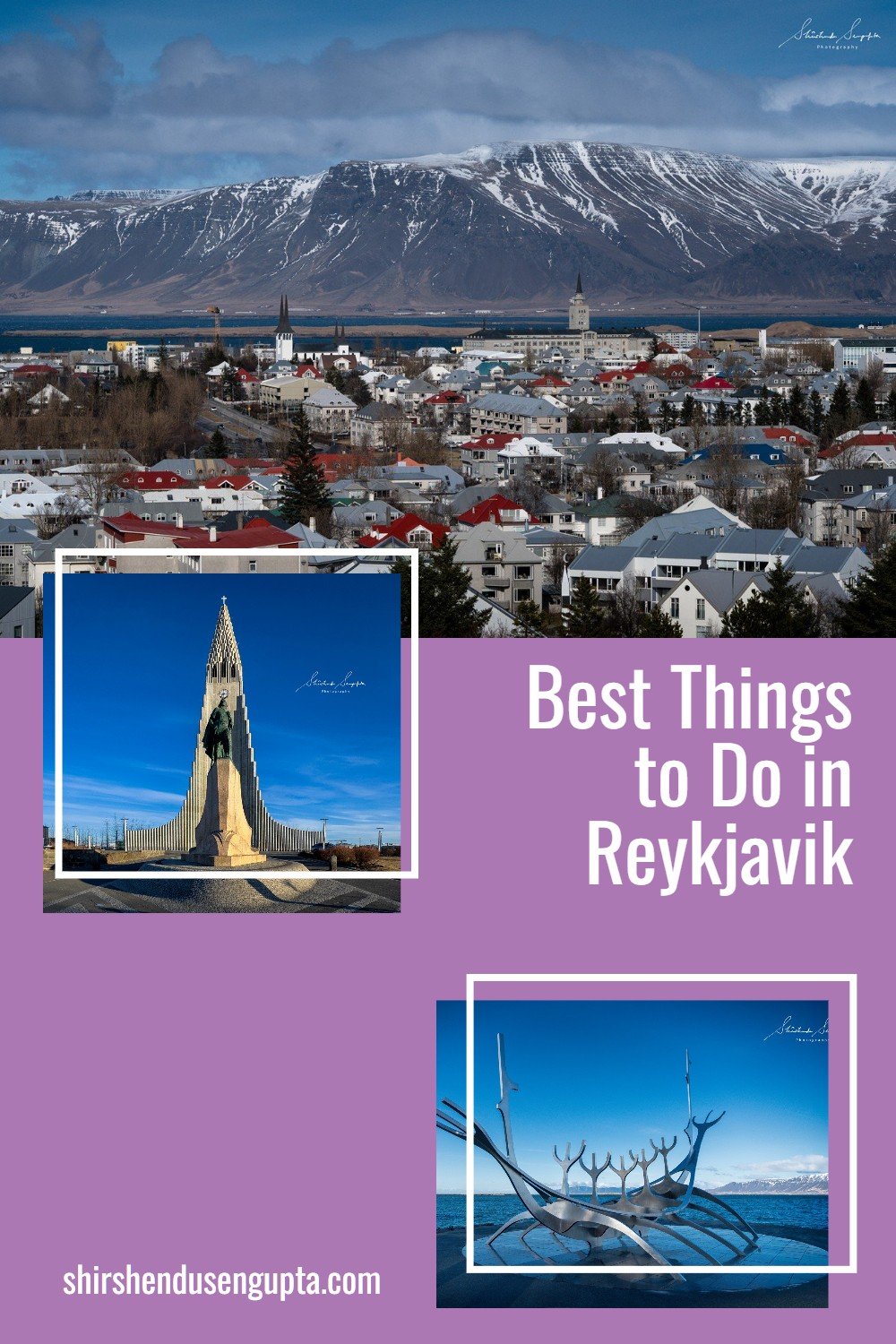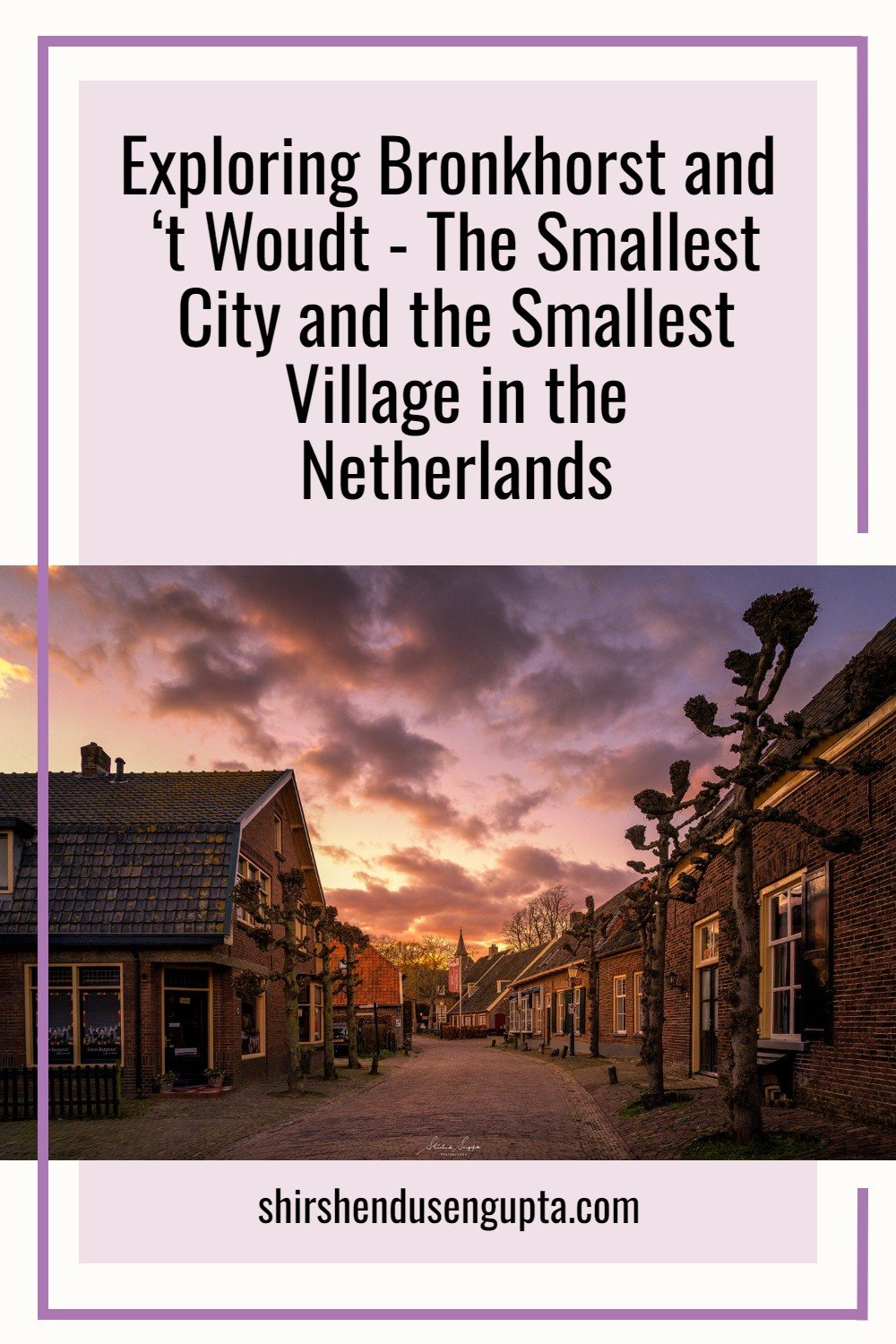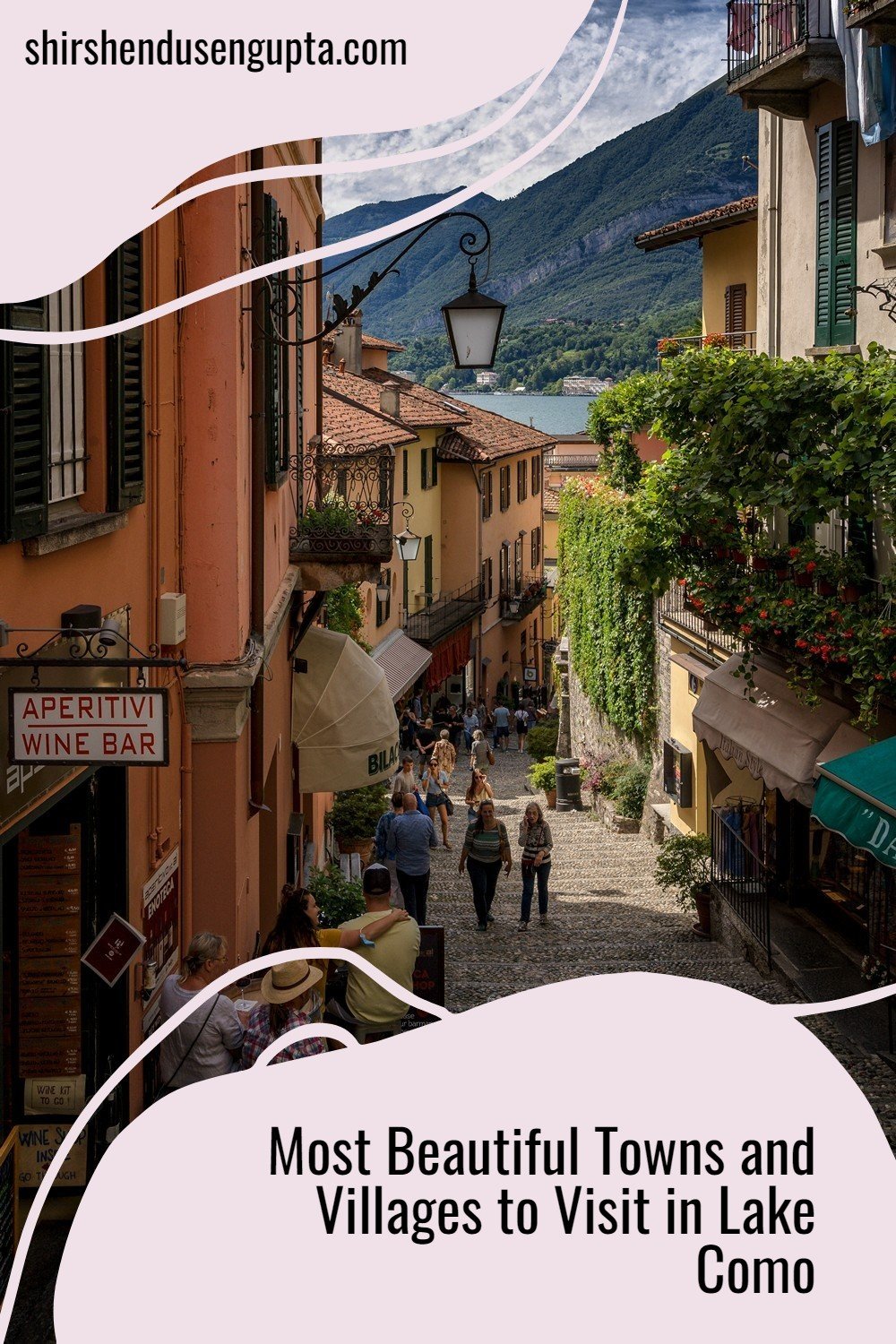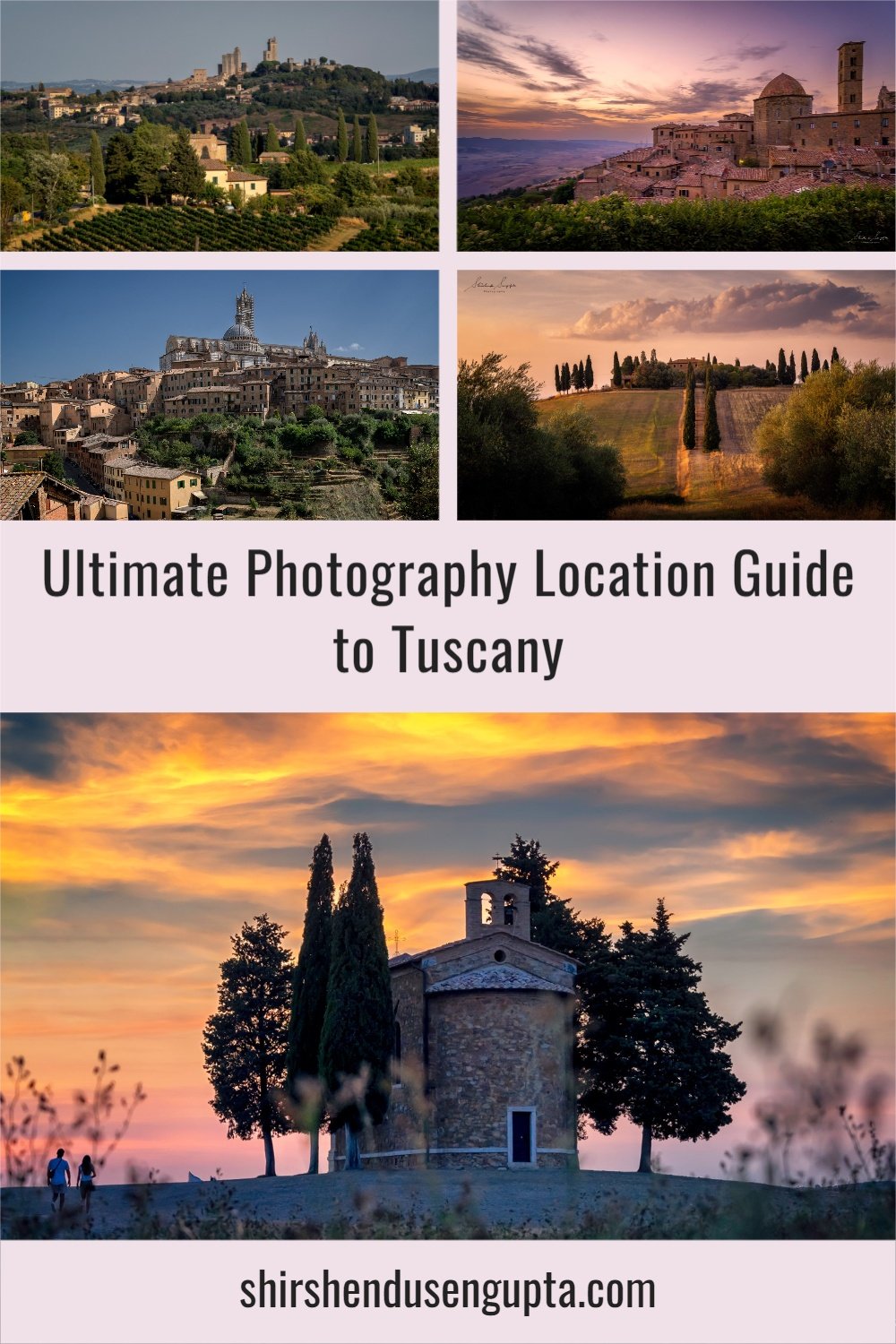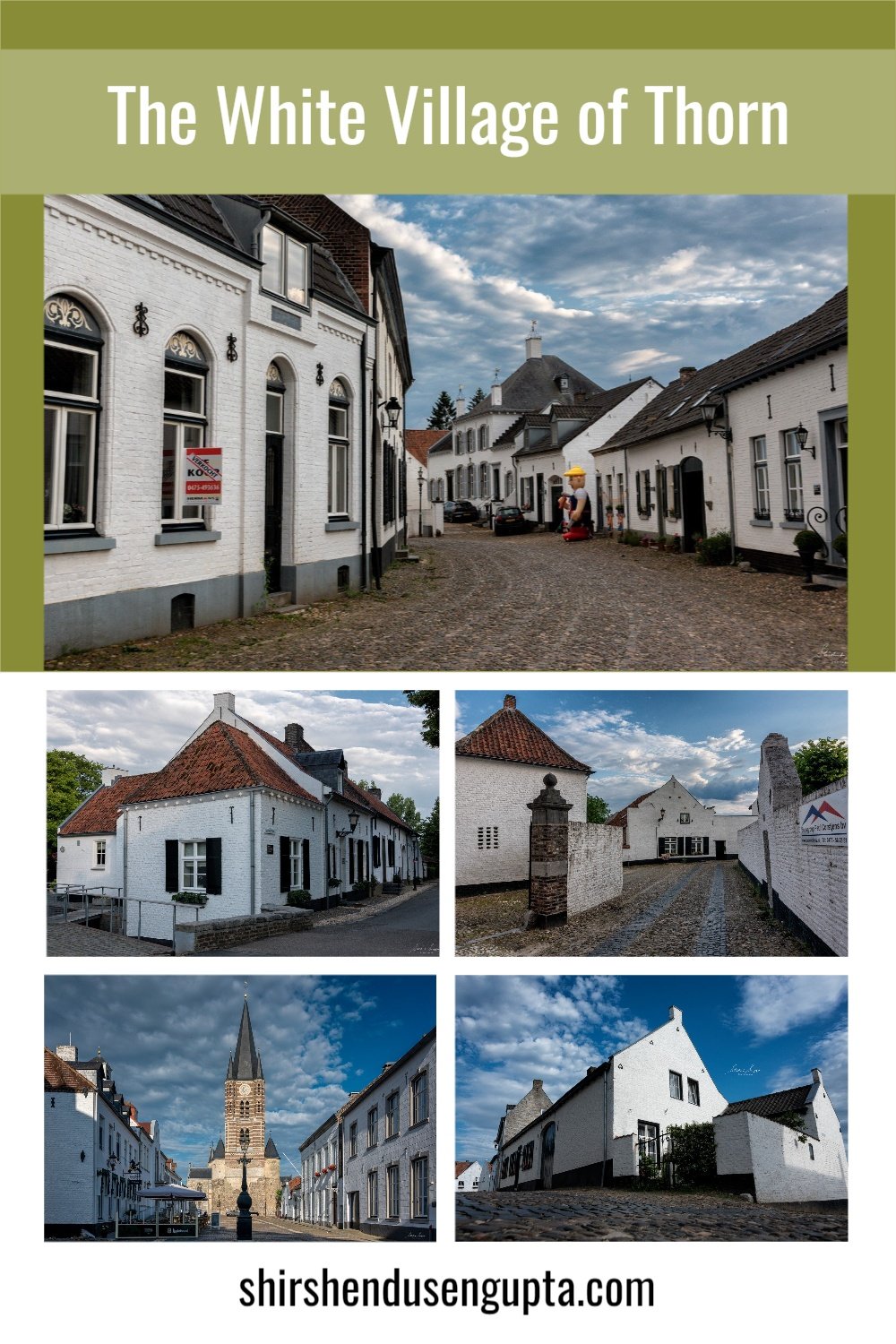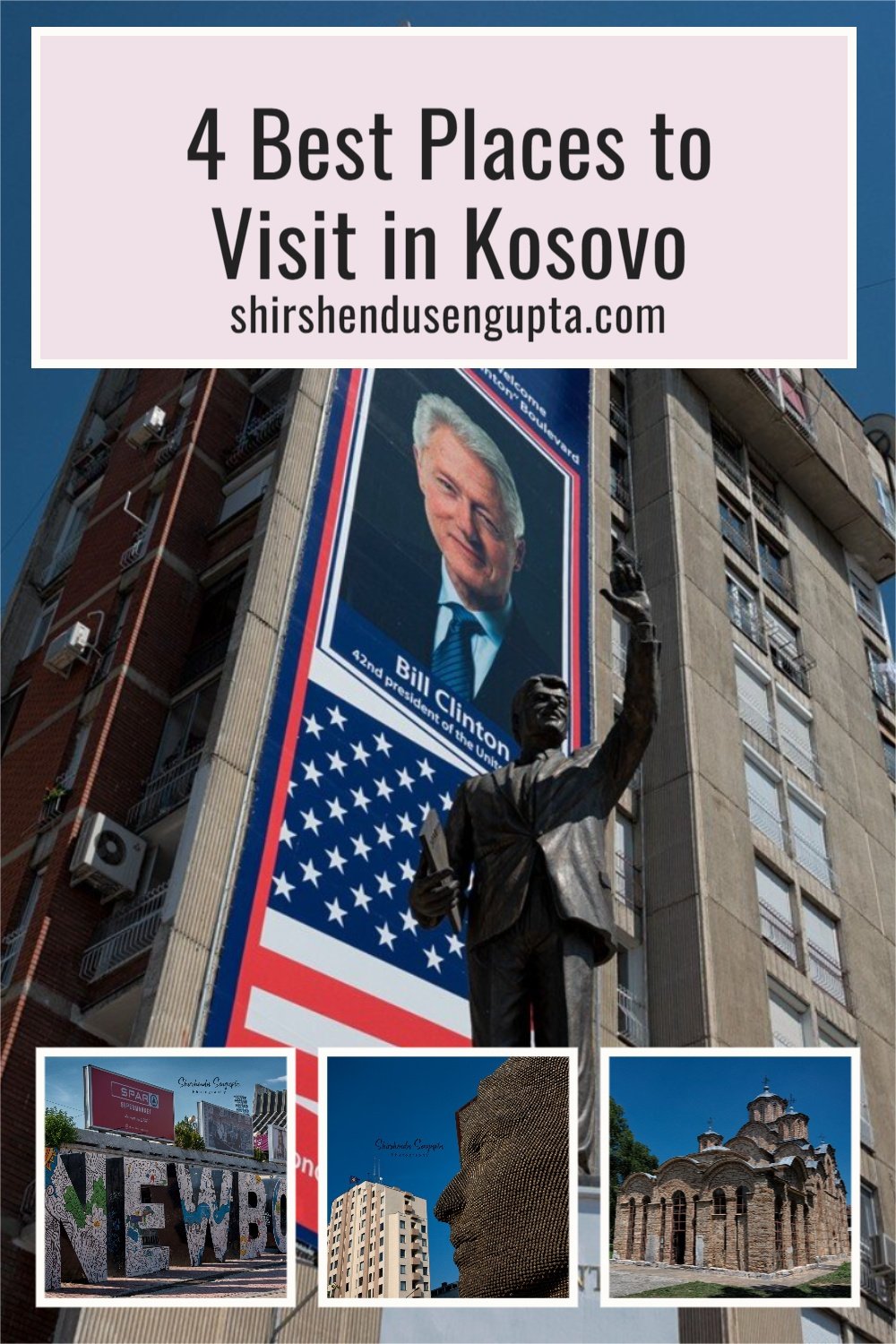Perfect 1-Day in Tangier Itinerary | 18 Best Things To See and Do on a Day Trip to Tangier, Morocco
Prologue
During a memorable Easter, we set out on an epic adventure, ‘Where Europe Meets Africa | 7000 km Road Trip from the Netherlands to Morocco through Wine Roads, Holy Sites, and Clifftop Towns of France, Spain, and Gibraltar | Itinerary, Tips, and Tricks’ (blog article coming soon). What started as a casual idea soon unfolded into one of the most memorable experiences of our lifetime. Along the way, we wandered through medieval villages, sipped wine in quiet French vineyards, stood in awe at ancient cathedrals and abbeys, drove along coastal cliffs, and watched the cultures of Europe slowly melt into the soulful rhythms of Morocco.
Among the places that left a deep impression on us was Tangier, a city shaped by stories of sailors, poets, and wanderers who crossed between continents. Its whitewashed houses, sweeping bay, and hillside medina created the perfect introduction to North Africa. So, based on our experience, today I’m going to take you along with me on a ride across the 18 best things to see and do in Tangier. Let the journey begin!
Welcome to Morocco
Morocco is a country where vivid colors, ancient traditions, and diverse influences come together in a captivating mosaic that stretches from the golden dunes of the Sahara to the cool blue waters of the Mediterranean. Berber, Arab, Andalusian, and European elements blend harmoniously, shaping its architecture, cuisine, and rhythms of daily life. Every region carries a story, and every city reveals a distinct identity rooted in centuries of cultural exchange. The energy of the markets, the calm of the mosques, and the charm of old town alleyways reflect a heritage that continues to grow while honoring its past.
In Northern Morocco, the journey often begins in Tangier, a coastal city framed by the Rif Mountains and the meeting point of the Atlantic and Mediterranean. Tangier has long been admired for its artistic spirit and strategic location, characteristics that shaped its history as a crossroads of civilizations. Its medina rises gently above the sea, filled with whitewashed houses, Spanish balconies, hidden gardens, and traditional workshops. Meanwhile, its modern districts offer lively cafés and oceanfront promenades that stretch along the glistening bay. Walking through Tangier feels like stepping into a narrative where old legends coexist with contemporary life. This balance of heritage and modernity makes Tangier an ideal gateway to Northern Morocco.
About Tangier
Tangier, perched at the meeting point of Europe and Africa, has always been a city that sparks curiosity and imagination. With Spain visible across the Strait of Gibraltar, the city has for centuries served as a natural bridge between continents. Phoenicians, Romans, Arabs, Portuguese, and Spanish all shaped its character, leaving traces of their civilizations in the streets, squares, and fortifications that still define the urban landscape. Its strategic location allowed Tangier to become a bustling port city where merchants, travelers, and diplomats gathered, creating a multicultural identity that continues to thrive today.
In the twentieth century, Tangier entered its most legendary era when it became an International Zone governed by multiple nations. This status attracted diplomats, spies, artists, and writers who brought a bohemian charm to its cafés and hotels. Figures such as Paul Bowles, Henri Matisse, and Tennessee Williams found inspiration in its atmospheric medina and blue seascapes. That creative energy remains visible in present-day Tangier, particularly in the Kasbah, where Andalusian houses, ornate wooden doors, and quiet courtyards create scenes perfect for sketchbooks and stories. The Grand Socco (Big Market), linking the old city and the new, buzzes with daily life. Along the Corniche, modern Tangier unfolds with beach promenades, restaurants, and a lively marina, presenting a city that continues to reinvent itself while honoring its timeless spirit.
18 Best Things To See and Do in Tangier
1. Start from Place de la Kasbah
Begin your morning by taking a petit taxi up to Place de la Kasbah, perched at the highest point of Tangier’s ancient fortress. The moment you step into the square, the city unfolds beneath in a dramatic panorama. The Port of Tangier glimmers in the soft morning light, fishing boats drift across the bay, and the graceful minaret of Mosque Lalla Aabla rises in the distance. The fresh sea breeze carries the scent of salt and citrus, creating an atmosphere that feels both peaceful and invigorating.
This historic square has served as the heart of power in Tangier for centuries. Sultans, soldiers, and foreign envoys all passed through here, shaping the political and cultural fabric of the region. Surrounded by fortified walls and traditional houses, the square provides a glimpse into Tangier’s layered past. Its elevated location allowed rulers to survey the bay, safeguarding the city from seaborne threats. Today, visitors climb up for the same magnificent views that once guided ancient leaders. Photographers gather here to capture the coastline, artists settle on the stone steps with sketchbooks, and locals enjoy the early sunshine before the medina awakens. Exploring Place de la Kasbah sets the perfect tone for the day, offering a moment of calm before diving into the vibrant life of Tangier below.
2. Descend into the Old Town through Bab al Bahr
Leaving the taxi behind at Place de la Kasbah, begin descending through narrow alleys lined with whitewashed walls, colorful doorways, and hidden archways until you reach Bab al Bahr. This historical gateway, whose name translates to Gate of the Sea, once served as a strategic passage connecting the fortified Kasbah with the medina below. Its stone arches and sturdy walls stand as reminders of Tangier’s fortified past when the city needed protection from pirates, rival powers, and shifting political tides. Passing through the gate feels like walking from one era into another, revealing how Tangier’s neighborhoods evolved organically around their geography.
As you continue downward, the sounds of daily life grow louder. Merchants open their shops, children rush to school, and the aroma of fresh bread drifts through the air. Bab al Bahr offers the perfect entry point into the medina, blending history with a growing sense of movement. The gate’s position also provides glimpses of the sea, hinting at Tangier’s ancient maritime heritage. Sailors, traders, and travelers once passed through the same opening, carrying goods and stories that shaped the city’s identity. Today, Bab al Bahr stands not only as a historical structure but also as a symbolic threshold where the quiet Kasbah hills meet the vibrant rhythm of the old town below.
3. Visit the Museum of Contemporary Art, Palais Moulay Hafid
Next stop is the Museum of Contemporary Art, housed inside the impressive Palais Moulay Hafid, a palace built in the early twentieth century by Sultan Moulay Hafid. The moment you enter the courtyard, you will be struck by the elegance of the Italian-inspired architecture featuring arched verandas, sculpted columns, and intricate stucco details. The palace once hosted diplomatic gatherings and royal ceremonies. Today, it provides a majestic setting for exhibitions that celebrate Tangier’s evolving cultural identity.
Inside, the museum showcases a rich collection of contemporary Moroccan art that captures the spirit of modern Tangier while acknowledging the region’s heritage. Paintings, sculptures, and multimedia works explore themes such as migration, identity, tradition, and the sea. Many pieces reflect the fusion of influences that define Tangier, including Andalusian patterns, Amazigh symbols, and European artistic techniques. As we wandered through the halls, we felt how deeply Tangier’s creative community continues to flourish. The palace itself seemed to bridge past and present. Its ornate halls now echo with the voices of today’s artists who reinterpret Moroccan culture through new forms. Visiting Palais Moulay Hafid offers not only a glimpse into Tangier’s artistic soul but also a moment to reflect on how the city continues to inspire creativity across generations.
4. Check out the First Modern World Map at the Kasbah Museum of Mediterranean Cultures
Continue your journey through Tangier’s history at the Kasbah Museum of Mediterranean Cultures, located inside Dar el Makhzen, the former palace of the sultans of Morocco. Built in the seventeenth century, this palace once hosted royal ceremonies and diplomatic receptions. Its courtyards, fountains, and carved wooden ceilings represent the finest examples of Moroccan craftsmanship. Today, the museum inside narrates the story of Tangier’s place at the crossroads of Mediterranean civilizations.
Among its most fascinating exhibits is the replica of the Tabula Rogeriana, the groundbreaking map created in 1154 by the Muslim geographer al-Idrisi in Palermo, Sicily. Commissioned by King Roger II of the Norman Kingdom of Sicily, this map was considered the most accurate representation of the known world for centuries. Its south-facing orientation, which was traditional in Islamic cartography, offers a refreshing and thought-provoking perspective of global geography. Holding Tangier within a broader Mediterranean context, the museum displays artifacts from Phoenician, Roman, and Islamic periods, along with pottery, mosaics, and tools that reveal how the city connected traders and travelers. Wandering through the palace rooms, you feel a sense of time folding, as if each exhibit links Tangier’s past to the wider world. The museum beautifully illustrates how cultures met and blended across the Mediterranean.
5. Immerse in History at the Ibn Battouta Museum
A short walk from the Kasbah brings you to the Ibn Battouta Museum, a tribute to Tangier’s most celebrated historical figure. Born in 1304, Ibn Battouta became one of the greatest travelers in human history, journeying more than 120,000 kilometers across Africa, the Middle East, Central Asia, India, China, and even parts of Europe. His travels surpassed those of Marco Polo, and his writings offer invaluable insight into medieval civilizations. The museum celebrates his achievements by guiding visitors through the different regions he explored, using curated exhibits, artifacts, and educational panels that bring his narrative to life.
Inside, rooms are dedicated to various stages of his travels, including his pilgrimage to Mecca, his adventures in the courts of India, and his time in China. Illustrations, maps, and recreated scenes provide a vivid experience, allowing visitors to imagine the challenges and wonders he encountered. The museum also highlights the importance of storytelling in preserving history. Ibn Battouta dictated his travel accounts upon returning home, creating an extraordinary record of cultures, customs, and landscapes that might otherwise have been forgotten. Visiting the museum is a reminder of how deeply Tangier is rooted in global exploration. Ibn Battouta’s legacy continues to inspire travelers who arrive in the city seeking adventure.
6. Get a Panoramic View of Tangier while having Tagine at Macondo Restaurant
By midday, satiate your hunger at Macondo Restaurant, a peaceful terrace spot that rewards you with one of the most beautiful views in Tangier. As you settle at your table, you find yourselves looking out over the undulating rooftops of the medina cascading toward the sea. Fishing boats drift across the sparkling water, and seagulls circulate lazily overhead. The setting feels like a scene painted by one of the many artists who once lived in Tangier. The gentle sea breeze and soft chatter from nearby tables add to the relaxed atmosphere.
Macondo is known for blending Moroccan flavors with international touches, offering dishes that reflect the city’s cosmopolitan character. The tagine here is prepared with fresh ingredients and warm spices that capture Tangier’s culinary heritage. Dining here offers more than good food; it provides a chance to slow down and absorb the city’s rhythm from above. The rooftop location allows you to observe how the medina wakes up in the afternoon. Children play in narrow alleys, vendors prepare their shops, and residents carry baskets of fruit home from the markets. The restaurant’s name, inspired by the fictional town in Gabriel García Márquez’s novels, feels fitting. Tangier, like Macondo, carries an air of literary magic that lingers long after you leave.
7. Get Lost in Medina Qadima
After lunch, descend deeper into the Medina Qadima, the heart of historic Tangier. This part of the city has served as a cultural crossroads for centuries, shaped by Arab, Berber, Andalusian, and European influences. Stepping into the medina is like entering a labyrinth filled with stories. Its winding lanes reveal a mix of traditional riads, hidden courtyards, and small workshops where artisans continue age-old trades. The smell of spices and freshly baked bread drifts through the alleys, while colorful displays of carpets, ceramics, and leather goods invite visitors to browse.
Every turn seems to open into a different world. Some streets buzz with activity as vendors call out their daily offers. Others feel peaceful, lined with whitewashed houses and bright blue windows. The medina’s architecture reflects its layered history. Andalusian immigrants who fled Spain centuries ago brought techniques that still appear in the tilework and carved wooden doors. European influences linger in the balconies and ironwork. Walking through the medina offers a glimpse into everyday life. Locals greet each other warmly, children chase footballs through narrow lanes, and shopkeepers proudly display their crafts. This blend of cultures, generations, and sensory details makes the medina the most captivating part of Tangier experience.
8. Visit the Grand Mosque
Continuing through the medina, you soon reach the Grand Mosque of Tangier, a serene and spiritually significant landmark. Its whitewashed façade and green tiled accents reflect Moroccan religious architecture, creating a striking contrast against the surrounding markets. The mosque stands on a site that has witnessed many transformations. During the Portuguese occupation, a cathedral once stood here, which was later transformed into a mosque after the city returned to Moroccan rule. This layered history makes the Grand Mosque a powerful symbol of the city’s resilience and cultural identity.
Although the interior is not open to non Muslims, the exterior alone conveys a sense of peace. Its tall minaret rises above the medina’s tight urban fabric, serving as a guiding point for locals navigating the maze of streets. When we arrived, the call to prayer echoed through the air. Locals began gathering near the entrance, creating a calm atmosphere that contrasted with the vibrant bustle outside. The mosque’s location near important souks highlights the balance between daily life and spiritual devotion. For visitors, this stop offers a chance to observe the rhythms of the community. Pause for a moment to appreciate how history, architecture, and tradition come together here in a quiet and meaningful way.
9. Shop at Petit Socco (Little Market)
A short walk from the mosque led us to Petit Socco, one of Tangier’s most iconic places to visit. This market has been a gathering place for centuries, frequented by merchants, storytellers, and travelers. In the early twentieth century, Petit Socco became famous as a hangout for writers, diplomats, and adventurers who frequented its surrounding cafés. Today, it continues to pulse with life as locals and visitors meet for coffee, conversation, and shopping. Its name, meaning Little Market, perfectly describes the lively energy found here.
Spend time browsing through small shops and stalls that sell everything from spices and handmade textiles to teapots, ceramics, and leather goods. The air carries the fragrance of mint tea and roasted coffee. Friendly shopkeepers greet you with smiles, offering samples or telling you about the origins of their crafts. Petit Socco is also one of the best places to observe daily life. Children run across the square, elders chat in shaded corners, and musicians occasionally fill the air with soft melodies. The combination of historic charm and everyday authenticity makes this stop one of the highlights of your walk. Shopping here feels like participating in Tangier’s living traditions rather than visiting a commercialized tourist spot.
10. Explore the American Legation Museum
From Petit Socco, make your way to the American Legation Museum, a unique historical landmark that highlights the long-standing relationship between Morocco and the United States. In 1821, Sultan Moulay Suleiman gifted this building to the United States, making it the first American diplomatic property outside the country. This gesture also symbolized Morocco’s distinction as the first nation to recognize American independence. The museum is housed in a charming multi-level building blending Moroccan and European architectural details. Its courtyards, tilework, and wooden balconies create an atmosphere rich with history.
Inside, you can discover a diverse collection of artifacts, documents, photographs, and artworks that narrate the shared history of the two nations. One of the most captivating sections features the life of writer Paul Bowles, who lived in Tangier for decades and produced some of his best work here. Other exhibits highlight diplomatic correspondence, cultural exchanges, and the role Tangier played during the International Zone era. Every room feels like a time capsule revealing a different layer of the city’s past. The American Legation Museum stands as a testament to Tangier’s global connections. Visiting it offers a refreshing contrast to the medina’s traditional atmosphere while adding depth to your understanding of the city’s international legacy.
11. Unwind at Place du 9 Avril 1947
Continue your walk to reach Place du 9 Avril 1947, one of Tangier’s most important public squares. Named after the date when Sultan Mohammed V delivered a historic speech supporting Moroccan independence, the square holds deep symbolic significance. His address marked a turning point in the struggle for sovereignty, inspiring unity among Moroccans. Standing in the square today, it is easy to imagine the crowds that once gathered here to listen to his powerful words. The location feels like a bridge between past and present, reminding visitors of the sacrifices and hopes that shaped modern Morocco.
The square also serves as an active meeting place for locals. Surrounded by cafés, shops, and historic buildings, it provides a vibrant snapshot of Tangier’s urban life. Palm trees line the plaza, creating shaded corners where families rest and university students gather with friends. The gentle slope of the square connects the medina with the more modern parts of the city. Pause here to watch the flow of people moving through the plaza, carrying groceries, chatting with friends, or waiting for buses. Place du 9 Avril 1947 blends national history with everyday energy. It is a meaningful stop on your journey, offering insight into Morocco’s path toward independence.
12. Pass by Cinema Rif
As you continue toward the lower part of the medina, you pass Cinema Rif, a cultural institution that has played a significant role in Tangier’s modern identity. Built in the early twentieth century, the cinema once hosted glamorous premieres and attracted film enthusiasts from across the region. Today, Cinema Rif functions as both a movie theater and a creative hub known as the Cinémathèque de Tanger. It supports Moroccan filmmakers, hosts cultural events, and screens independent films that highlight local and international perspectives. Its retro façade and lively café make it a popular gathering place for artists and students.
13. Enter the Grand Socco (Big Market) through Bab al Fahs
Right beside it stands Bab al Fahs, the ornate gateway that marks the transition between the medina and the modern city. The gate’s arched design and detailed masonry showcase Tangier’s architectural heritage. Historically, this gateway served as a crucial commercial entry point where traders brought goods into the markets. Passing through Bab al Fahs today feels like stepping between two different worlds. Behind the gate lies the narrow, atmospheric medina, while on the other side stretches the bustling Avenue Mohammed V with its newer shops and cafés. This area captures the dynamic contrast that defines Tangier, a place where the ancient and the contemporary exist side by side.
14. Explore the Grand Socco (Big Market)
The next stop was Grand Socco, also known as the Big Market, one of Tangier’s most iconic gathering spaces. The name comes from the Spanish term for market, reflecting the city’s long history of cultural mixing. The plaza sits at the point where the old medina meets the modern city, creating a vibrant crossroads filled with people from all walks of life. Grand Socco is shaded by tall palm trees, lined with whitewashed buildings, and centered around a fountain that adds a soft, rhythmic sound to the lively atmosphere. It has been an important marketplace for generations, attracting traders from nearby villages who came to sell produce, textiles, and handicrafts.
Today, the square remains an active part of local life. Vendors still display fresh fruits and vegetables, especially fragrant oranges that glow brightly under the sun. Elderly men sit on benches discussing the news of the day while families stroll through the plaza in the late afternoon. Cars, pedestrians, and trolley carts weave around each other in an organized chaos that somehow feels natural. The square is also a gateway to many of Tangier’s key streets, including the path toward the Kasbah and the entrance to the modern neighborhoods. Grand Socco perfectly captures Tangier’s community spirit and serves as a lively transition between eras.
15. Walk by the Tanja Marina Bay
As evening approaches, make your way to Tanja Marina Bay for a relaxed stroll along the waterfront. Modern yachts bob gently on the calm, turquoise surface of the Mediterranean while the lights from surrounding restaurants reflect softly on the water. The marina is one of Tangier’s newer developments, designed to showcase the city’s maritime heritage in a contemporary setting. With its wide promenades, stylish cafés, and clean layout, it has become a favorite spot among both locals and visitors. The breeze is refreshing, carrying the sound of waves and occasional laughter from families enjoying their evening walk.
16. Watch the sun go down at Plage de Tangier Beach
From the marina, continue toward Plage de Tangier, the city’s long sandy beach. Its golden shoreline stretches along the bay, offering one of the best sunset views in northern Morocco. As the sun begins to set, the sky shifts through warm shades of peach, lavender, and soft blue. Cyclists glide past, children play in the sand, and couples enjoy the peaceful ambiance. Pause to take in the scene, savoring your final moments of the day.
17. If you want to visit additional places in Tangier
If you still have time after exploring the main sights above, consider the following peaceful gardens, coastal lookouts, and cultural gems that reveal even more of Tangier’s layers.
St. Andrew’s Church: A serene Anglican church blending English and Moroccan styles.
Phoenician Tombs: An ancient cliffside burial site with sweeping views of Tangier Bay.
Lorin Foundation Museum: An intimate gallery with historical photographs and local art.
Sour al Maagazine, also known as Faro Square: A lookout point above the port.
Mendoubia Gardens: A peaceful park filled with old trees and colonial architecture.
Rmilat Park and Villa Perdicaris: A forested coastal reserve offering scenic hiking trails.
Ville Nouvelle: The modern heart of Tangier, filled with shops and cafés.
Cafe Hafa: A legendary terrace café overlooking the Strait of Gibraltar.
Gran Café de Paris: A classic literary café frequented by writers in the mid twentieth century.
Dalia Beach: A quiet white sand beach east of the city.
De Kacem Beach: A natural cove ideal for relaxing away from crowds.
18. Day Trip to Other Cities in Northern Morocco
Tangier is the perfect base for exploring Northern Morocco because it connects easily to many of the region’s most beautiful destinations. Its strategic location, combined with excellent roads, abundant taxis, and access to trains, allows travelers to reach nearby cities with comfort and convenience. From Tangier, you can take scenic day trips to the artistic seaside charm of Asilah, the Andalusian-influenced heritage of Tetouan, and the unmistakable blue wonder of Chefchaouen. Each of these cities offers something unique, from historic medinas and ancient ramparts to vibrant markets and panoramic viewpoints.
During our own journey, Tangier served as our comfortable home for exploring the region, allowing us to return each evening to a familiar base while still experiencing the diversity of Northern Morocco. Whether you prefer cultural heritage, coastal scenery, or mountain landscapes, Tangier places everything within easy reach. To help you plan these adventures in more detail, stay tuned for our upcoming article, 9 Best Places to Visit in Northern Morocco, which will be available soon on our blog.
Visiting Tangier
Best Time to Visit: The best time to visit Tangier is during spring or autumn when the weather is mild, pleasant, and ideal for walking through the medina or exploring the coastline. From March to May, the city feels fresh after winter rains and landscapes turn green. September to November brings warm seas, soft breezes, and clear skies without the summer crowds. Winters are cool and can be rainy, while summers sometimes get hot, although the ocean breeze provides relief. These shoulder seasons offer the perfect balance of comfort, light, and atmosphere, creating great conditions for sightseeing and photography across Tangier. We visited Tangier during the Easter holidays (April end - May start).
Number of Days to Stay: While one day is enough to explore Tangier’s highlights, staying two or three days allows you to enjoy the city’s diverse neighborhoods, museums, and viewpoints without rushing. With more time, you can relax in hillside cafés, explore beaches beyond the city center, and take day trips to nearby towns. Additional days also help you soak in the contrasting atmospheres of the medina and the modern city. Tangier is full of small surprises, from hidden gardens to artistic corners, which reveal themselves more easily when you slow down. For a richer travel experience, a two or three-night stay is ideal.
Best Place to Stay: The best area to stay in Tangier is near the city center, preferably around the Corniche or the modern Ville Nouvelle. These neighborhoods offer easy access to the beach, Tanja Marina Bay, and the medina, making it convenient to explore the city on foot. Many hotels and apartments provide sea views, comfortable amenities, and quick access to cafés and restaurants. Staying in the Kasbah provides a more atmospheric experience with beautiful architecture, although parking and navigation can be challenging. Choose your accommodation based on whether you prefer oceanfront comfort, modern convenience, or the charm of historic surroundings. We stayed near the Corniche, which was around a 15-minute walk to the medina across the beach and the Tanja Marina Bay.
Best Way to Arrive: Tangier is well-connected through multiple routes, making arrival simple and convenient. Most international visitors arrive via Tangier Ibn Battouta Airport, located a short drive from the city center. Others travel by ferry from Spain using routes from Tarifa, Algeciras, or Málaga, which bring you directly into the Port of Tangier. High-speed trains from cities like Casablanca and Rabat arrive at Tangier Ville Station, offering a comfortable and efficient alternative for travelers coming from elsewhere in Morocco. Whether you choose to arrive by air, sea, or rail, Tangier’s transport network makes entering the city smooth and efficient. We drove to Morocco from the Netherlands in our own car, crossing over from Algeciras to Tangier by ferry along with our car. We made Tangier our base for exploring Northern Morocco.
Best Local Mode of Conveyance: The most convenient way to travel around Tangier is by petit taxi, which is inexpensive and widely available throughout the city. These small blue taxis operate on meters and are ideal for short trips between neighborhoods or for reaching hilltop areas such as the Kasbah. For exploring within the medina, walking is the best option because the narrow lanes are pedestrian-friendly and filled with sights that are easy to miss from a vehicle. For trips outside the city center, such as beaches or parks, grand taxis and rideshare services offer reliable transportation. Combining taxis and walking provides the most enjoyable experience.
Epilogue
Tangier is a city where stories rise from its hillsides, breezes carry whispers of distant lands, and every corner reveals a blend of cultures shaped over centuries. A visit to Tangier is nothing less than a beautiful tapestry of history, sea views, warm people, and unforgettable flavors. Whether you come for art, architecture, or simple moments by the water, Tangier welcomes you with open arms. I hope this itinerary helps you plan your own journey through this remarkable city. Please let us know in the comments below if you enjoyed reading this article.
And if you want to know about more such remarkable destinations in Northern Morocco, please read our article 8 Best Places to Visit in Northern Morocco, or if you want to read the day-by-day account of our 7000 km road run from the Netherlands to Morocco during Easter, please await our article ‘Where Europe Meets Africa | 7000 km Road Trip from the Netherlands to Morocco through Wine Roads, Holy Sites, and Clifftop Towns of France, Spain, and Gibraltar | Itinerary, Tips, and Tricks’ (coming soon on our blog). Until then, merry traveling and happy shooting!
Pin the article
Bookmark the article for reading later!
Want to license/buy photos in the article?
License photos for commercial/editorial use or buy photo prints!
Want us to write an article for you?
Articles for magazines, newspapers, and websites!
Watch our Videos
Check out our videos on our Youtube Channel!
Join the Newsletter
Get updates on our latest articles!
We respect your privacy. Read our policy here.

















